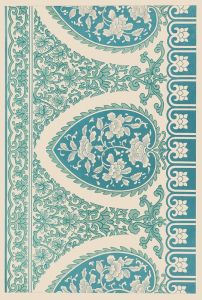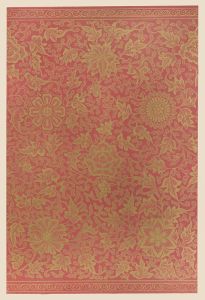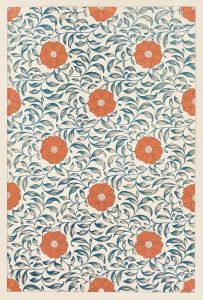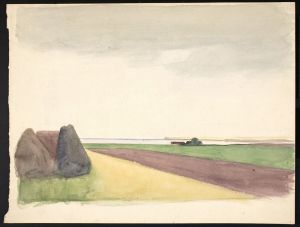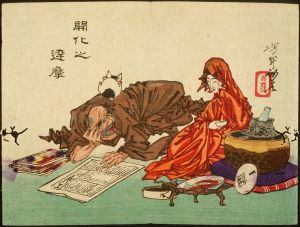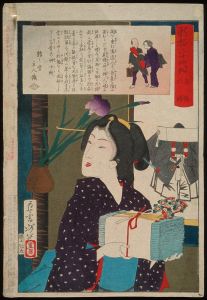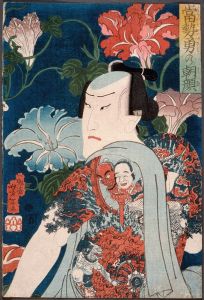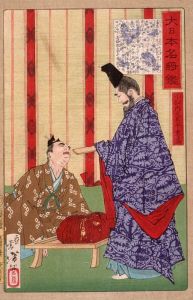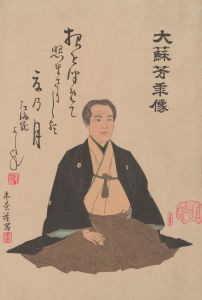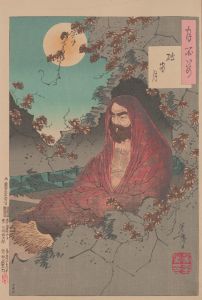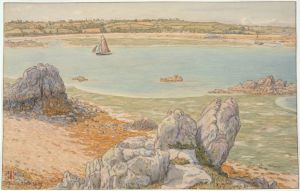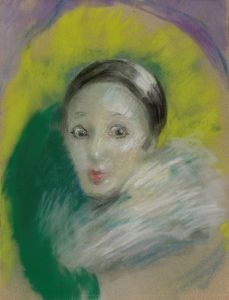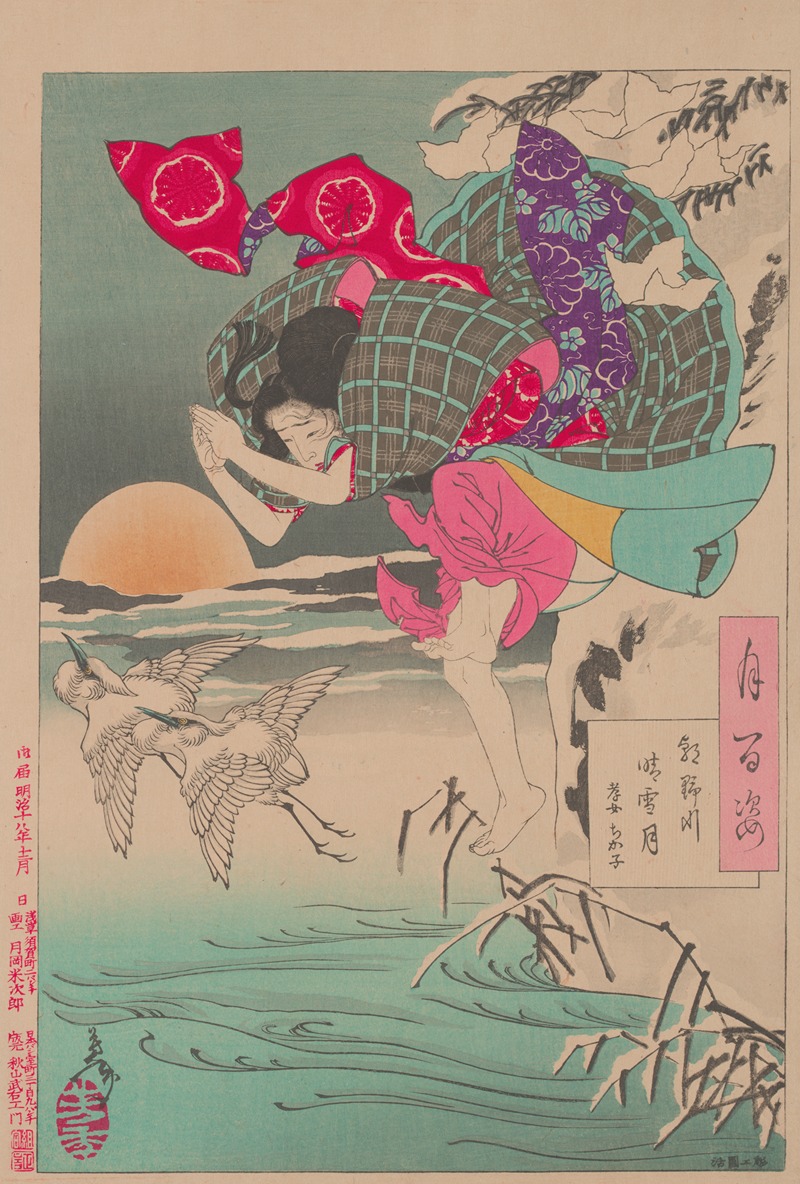
Moon of pure snow at Asano River
A hand-painted replica of Tsukioka Yoshitoshi’s masterpiece Moon of pure snow at Asano River, meticulously crafted by professional artists to capture the true essence of the original. Each piece is created with museum-quality canvas and rare mineral pigments, carefully painted by experienced artists with delicate brushstrokes and rich, layered colors to perfectly recreate the texture of the original artwork. Unlike machine-printed reproductions, this hand-painted version brings the painting to life, infused with the artist’s emotions and skill in every stroke. Whether for personal collection or home decoration, it instantly elevates the artistic atmosphere of any space.
"Moon of Pure Snow at Asano River" is a woodblock print by the renowned Japanese artist Tsukioka Yoshitoshi, created in 1885. This artwork is part of Yoshitoshi's celebrated series "One Hundred Aspects of the Moon" (Tsuki hyakushi), which consists of 100 prints that explore various themes related to the moon, drawing inspiration from Japanese and Chinese history, literature, and folklore.
Tsukioka Yoshitoshi (1839–1892) was one of the last great masters of the ukiyo-e genre of woodblock printing and painting. He is often credited with revitalizing the art form during a period of rapid modernization in Japan. Yoshitoshi's work is characterized by its dynamic composition, vivid colors, and expressive detail, often reflecting the cultural and societal changes occurring in Japan during the Meiji era.
The print "Moon of Pure Snow at Asano River" depicts a serene winter scene, capturing the tranquil beauty of the Asano River under the light of a full moon. The composition is notable for its use of negative space, with the snow-covered landscape and the river's gentle flow creating a harmonious balance. The moon, a central element in the series, is depicted with a soft glow, casting a reflective light on the snow and water, enhancing the scene's ethereal quality.
Yoshitoshi's "One Hundred Aspects of the Moon" series was produced during a time when Japan was undergoing significant transformation, transitioning from a feudal society to a modern state. This period saw the decline of traditional ukiyo-e as Western art forms and technologies began to influence Japanese culture. Despite these changes, Yoshitoshi's work remained popular, and he is often credited with preserving and elevating the ukiyo-e tradition through his innovative approach and dedication to the craft.
The "One Hundred Aspects of the Moon" series is considered one of Yoshitoshi's masterpieces, showcasing his ability to blend traditional Japanese aesthetics with a modern sensibility. Each print in the series tells a story, often featuring historical figures, legendary heroes, or mythical creatures, all connected by the motif of the moon. The series reflects Yoshitoshi's deep appreciation for Japan's cultural heritage and his desire to capture the timeless beauty of the natural world.
"Moon of Pure Snow at Asano River" exemplifies Yoshitoshi's skill in conveying mood and atmosphere through his art. The print's delicate depiction of snow and moonlight creates a sense of calm and introspection, inviting viewers to contemplate the quiet beauty of the scene. This work, like many others in the series, demonstrates Yoshitoshi's mastery of the woodblock printing technique, his keen eye for detail, and his ability to evoke emotion through his art.
Today, Tsukioka Yoshitoshi is celebrated as one of the most important figures in the history of Japanese art. His work continues to be studied and admired for its artistic merit and historical significance, offering insight into a pivotal moment in Japan's cultural evolution. "Moon of Pure Snow at Asano River" remains a testament to Yoshitoshi's enduring legacy and his contribution to the world of ukiyo-e.





